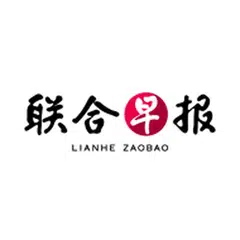Why China's local governments are building walls around tourist attractions
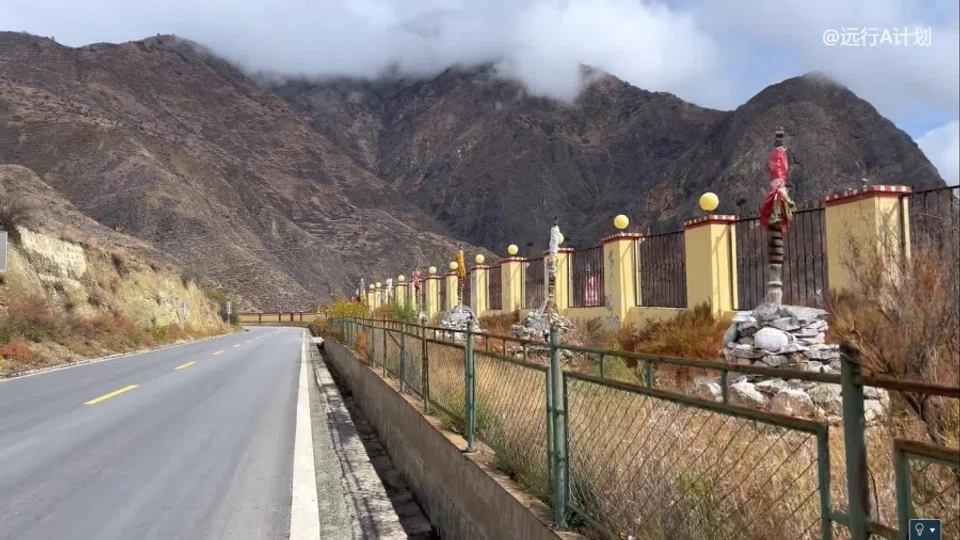
Amid a recent call by Xining city, Qinghai province for Chinese Communist Party (CCP) members and officials to invite tourists to dine and stay at their homes, high walls have been erected around some natural landscapes in China.
A video posted by travel blogger "Travel Plan A" (远行A计划) in May shows a long wall on one side of National Highway 214 in Yunnan province, blocking people from seeing the magnificent scenery of the First Bend of the Jinsha River (金沙江第一湾).
Similarly, 100 kilometres away at Feilai Temple in Deqen county, a three-metre wall blocks the view of Mainri Snow Mountains.
"The mountains and rivers of our land are like our mothers, but we have to 'scan a code' to see them." - Chinese netizens
This video has been widely circulated by the media recently, sparking a discussion about walls obstructing scenic spots. Many netizens commented that it was unsightly, and some lamented: "The mountains and rivers of our land are like our mothers, but we have to 'scan a code' to see them."

Building walls around tourist attractions
So, who started building walls and collecting money to see natural sights?
The construction of walls around natural landscapes is not something recent.
In the 1990s, wire fences were erected around Qinghai Lake. Staff members said it was initially done by herdsmen to prevent cattle and sheep from wandering into other people's homes; later, it was done for ecological protection.
During the May Day holiday this year, the Hukou Waterfall Scenic Area on the Yellow River in Shaanxi province also became a top search item on Weibo due to wall construction.
The management authorities responded with a public announcement that the wall was constructed in 2011 to prevent falling rocks from hitting parked vehicles, and was made higher in 2019 because tourists were climbing over it.

The wall near Mainri Snow Mountains goes back to 2009. The staff of the Deqen county cultural and tourism bureau told the Southern Metropolis Daily on 14 June that construction of the scenic area and the wall had started simultaneously in 2008, and was completed in 2009.
Even more ridiculous than walls, it has been revealed that some scenic areas are charging fees just for passing through.
For example, when a travel blogger rode a motorcycle through the Zhagana Scenic Area in Gansu province along National Highway 248, they were asked to purchase a "transit ticket", and that if they could complete the 40-kilometre journey within 90 minutes, they could request a refund.
Another travel blogger also had to prepay 70 RMB (US$9.68) for an entrance ticket when passing through the Lugu Lake Scenic Area in Yunnan province along Provincial Highway S307; they had to exit the scenic area within a certain time to get a refund.
The origin of scenic area fees
Whether building walls for fees or charging for passing through, in the end, it all comes down to the old practice of charging fees for scenic areas.
A 2012 China Youth Daily article on why scenic areas in China are the most expensive in the world analysed how these scenic spots operate.
Whatever form it takes, the income of local governments is closely related to the operating revenue of scenic areas.
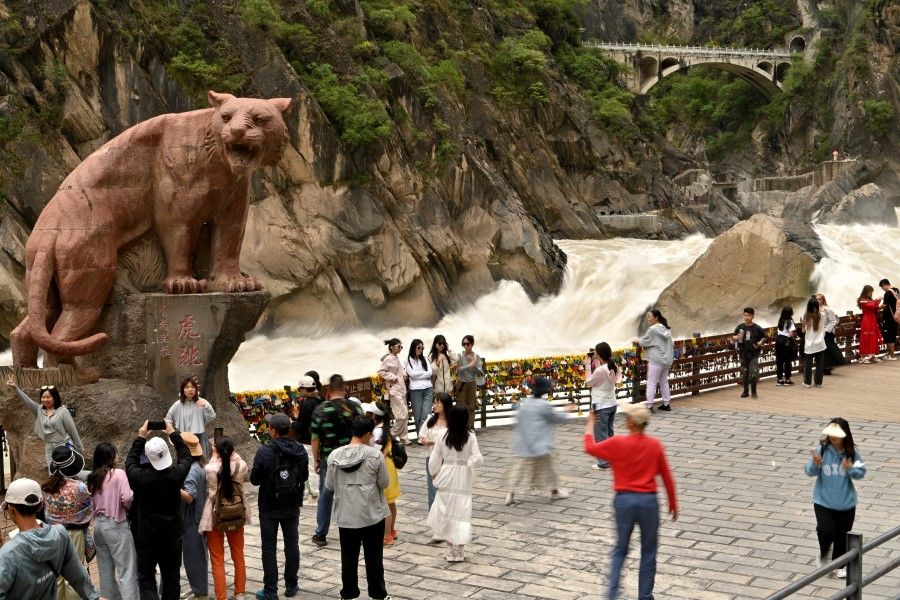
The article said on paper, China's scenic resources belong to the state, but are actually managed by local governments at various levels. In order to improve economic benefits, some locations have implemented the "separation of ownership, management, and operation". Management rights are given to local government-appointed institutions such as management committees or to government-managed tourism companies.
Whatever form it takes, the income of local governments is closely related to the operating revenue of scenic areas.
In other words, with the tacit support of local governments, ticket prices for scenic locations continue to rise unabated, regardless of higher-level regulations or pressure of public opinion.
One factor that may influence the ticket prices of scenic areas is the rating of the scenic area.
Soaring prices as ratings grow
According to a report published by TMTPost in April this year, China currently has over 30,000 scenic spots, including nearly 15,000 A-grade tourist attractions and a total of 319 top-level 5A sites.
From A-grade spots to peak 5A sites, the Ministry of Culture and Tourism of China has established detailed evaluation criteria, which include scoring in eight aspects including resource attractiveness, market influence, resource and environmental protection, and overall management.
...the number of 5A sites in China has grown at a rate of 383% from 2007 to 2022. At the same time, 40% of these sites have ticket prices of over 100 RMB.
A-grade to 4A-grade sites are evaluated by committees at the province or autonomous region level, while 5A sites require approval from the National Tourism Administration.
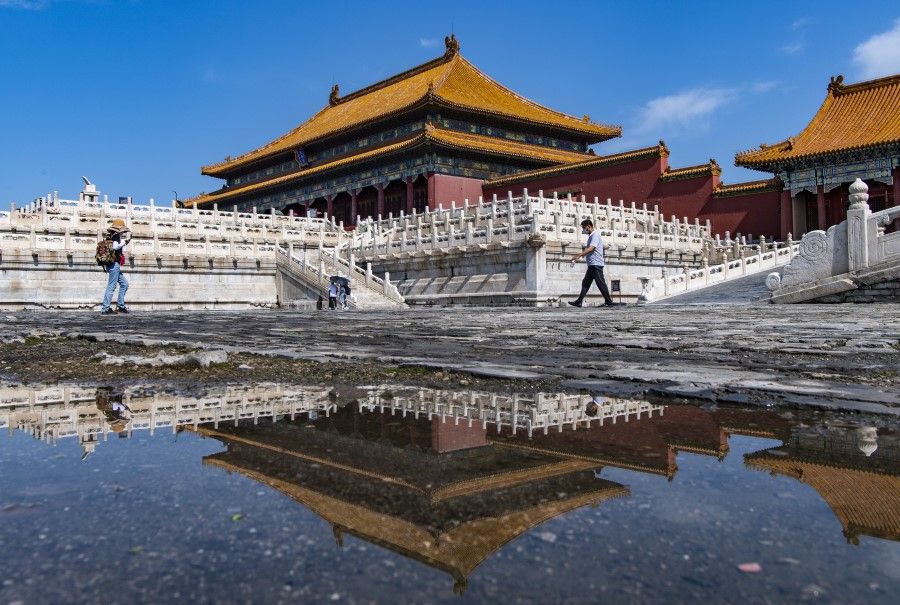
While a 5A rating is hard to get, according to statistics from TMTPost, the number of 5A sites in China has grown at a rate of 383% from 2007 to 2022. At the same time, 40% of these sites have ticket prices of over 100 RMB.
In terms of provinces, the top three regions with the highest average ticket prices for 5A sites are Inner Mongolia Autonomous Region, Hubei province, and Anhui province, with ticket prices accounting for 4.69%, 4.63%, and 3.96% of per capita monthly disposable income. In contrast, in France, the average price of attraction tickets only accounts for 0.37% of the local average monthly income, and in the US, this proportion is 0.1%.
Who benefits?
A survey by China's National Bureau of Statistics in 2018 showed that as many as 72.3% of tourists believed that ticket prices for Chinese scenic spots were "too high" or "relatively high".
Besides high ticket prices, very often visitors also have to pay for secondary items such as cable cars, ropeways, sightseeing vehicles, and buses after entering the site. At Mount Hua, a peak season ticket costs 160 RMB, and with a round-trip cable car ticket to the West Peak at 280 RMB, excluding other expenses, it would cost 440 RMB for one person.
Recently, popular travel blogger "Travel Over the Sea" (大海去旅行) - with over two million followers - observed that an increasing number of sites are placing their entrance gates several kilometres away from the actual entrance of the attractions, forcing visitors to purchase tickets for electric shuttle buses in order to save time.

Where does all that money go?
Despite the high ticket prices in China's scenic spots, the full crowds during holidays indicate that most tourists are still willing to spend money on tickets.
Of course, the prerequisite is that the scenic area must provide supporting facilities to offer tourists a worthwhile travel experience.
The case of Mainri Snow Mountains
The tourism bureau of Deqen county, where the Mainri Snow Mountains are located, responded about the wall by saying that tourism income would be distributed to the villagers as "tourism returns".
Like many scenic sites, the tourism bureau of Deqen county has also entrusted the management and maintenance rights of Mainri Snow Mountains to Mainri Snow Mountain National Park Development and Management Co. Ltd.
According to Tianyancha, the company is 100% owned by Deqen Tourism Group Co. Ltd - 51% of the group's shares are held by state-owned holding company Yunnan Ethnic Culture Tourism Industry Co. Ltd., and 49% by the Deqen Finance Bureau.
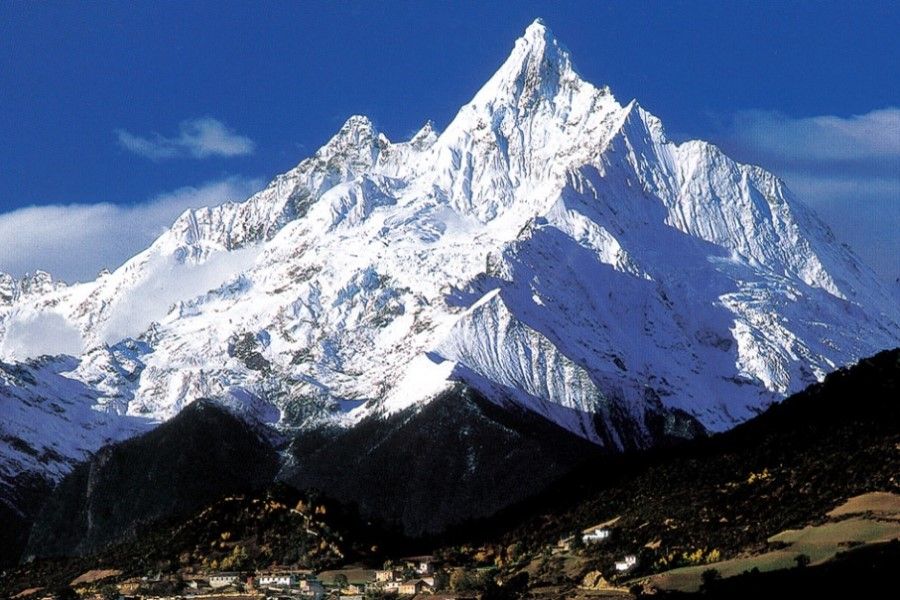
To put it simply, the actual controlling party of the Mainri Snow Mountains site is the local government.
So, does the site's revenue really go to the villagers? A report by Jimu News on 16 June quoted a villager as saying that the subsidy amount for villagers started at 14,000 RMB per year and has increased to a minimum of 20,000 RMB in recent years.
Another villager said the company has reached an agreement with investor villagers to gradually distribute a proportionate share of tourism income as dividends in future.
However, for tourists, their experience of Mainri Snow Mountains after the wall went up is different.
Some netizens posted: "I couldn't find the entrance to the parking lot even after circling three times." Others said: "There are no tour guides or staff members to provide instructions or assistance in the scenic area."
What is the official attitude?
In terms of public opinion, besides complaints from netizens, there has also been harsh criticism from several state media outlets.
On 15 June, People's Daily said: "It is understandable to charge admission fees for construction, management, and maintenance purposes, but building walls to make visitors go to paid viewing platforms is bad."
On 16 June, CCTV published an article titled "This Wall Ruins the Scenery", noting that the operating model of scenic sites should shift away from relying on ticket sales. It cited the example of West Lake in Hangzhou, where tourism revenue nearly quadrupled over a 10-year period after abolishing admission fees in 2002.
When those boundaries are crossed and walls are built, they not only obstruct the view of the scenery, but also block the path to long-term development for the site.

On 18 June, a commentary on China Economic Net said: "Those physical walls seem to be around a 'money tree', but in reality, it is more like overfishing."
Yin Jie, a professor with the College of Tourism at Huaqiao University, said in an interview with chengdu.cn that "walling off the scenery" is a short-sighted approach driven by a "ticket economy". "After tourists spend money on tickets, they may be less willing to spend on other attractions within the scenic area. Cancelling or relaxing admission fees promotes consumption in food, accommodation, transportation, sightseeing, shopping, and entertainment, leading to better profits."
As mentioned in a commentary by "Travel Industry Information" (旅界资讯), managing a scenic area is not just a cold business term, but an important channel for the general public to enjoy services at national scenic spots.
There are boundaries to managing and charging for scenic sites. When those boundaries are crossed and walls are built, they not only obstruct the view of the scenery, but also block the path to long-term development for the site.
This article was first published in Lianhe Zaobao as "一边家中请,一边砌高墙".
